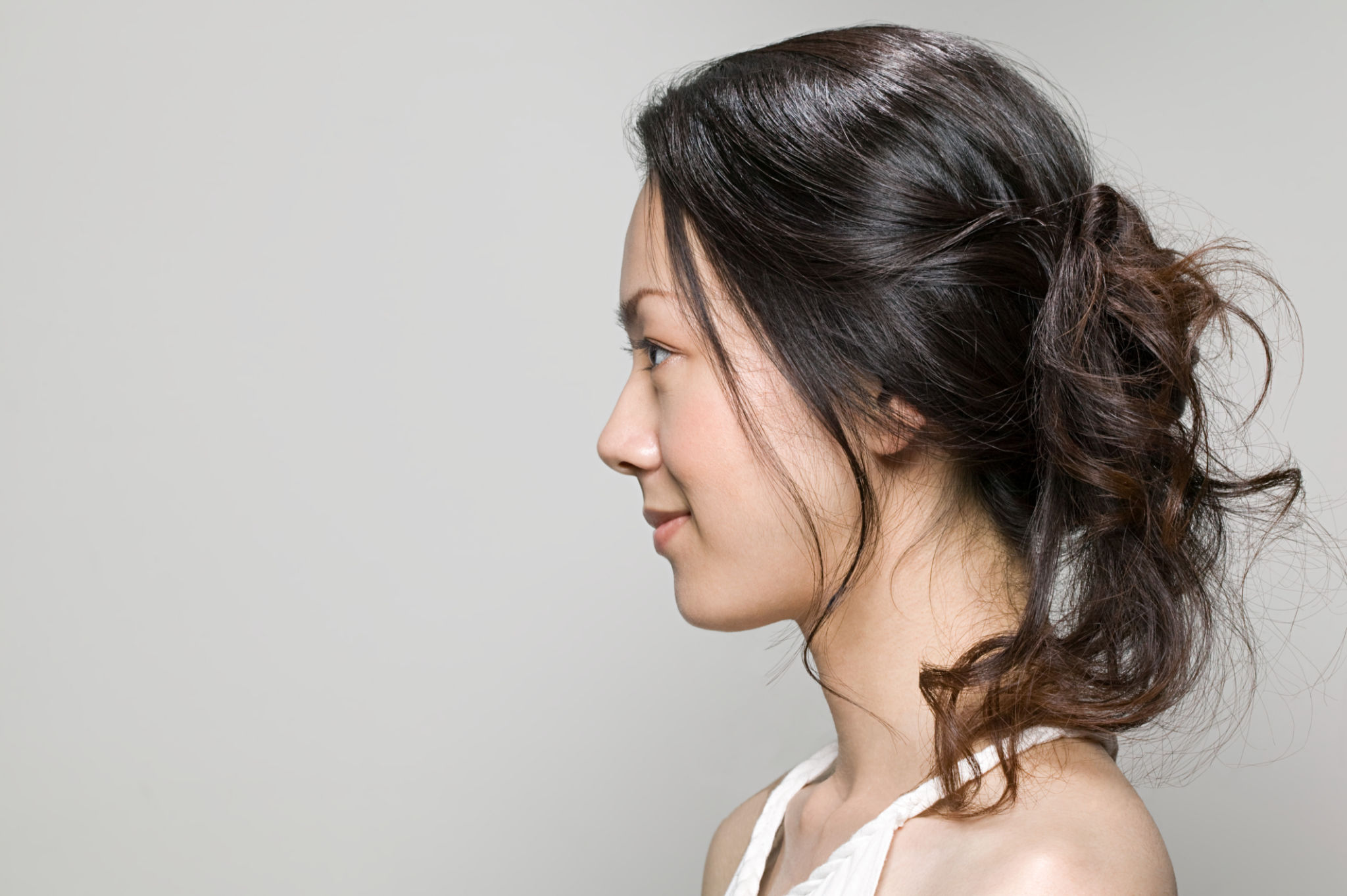How to Capture the Perfect Portrait: Tips from a Professional Photographer
Understanding the Subject
Capturing the perfect portrait begins with understanding your subject. Whether photographing a friend, a family member, or a professional model, it’s essential to get to know them. This familiarity helps in creating a comfortable atmosphere, allowing the subject’s personality to shine through in your photos. Ask about their preferences and discuss any ideas they might have for the shoot.

Additionally, consider the purpose of the portrait. Are you aiming for a formal look, or is it more casual? Knowing this will guide your choices in lighting, location, and even wardrobe. A clear purpose will also help in setting the right mood and tone for the session.
Choosing the Right Equipment
The equipment you use plays a significant role in capturing stunning portraits. While professional cameras offer more control and flexibility, you can still achieve great results with a decent smartphone camera if you understand its capabilities. Invest in a good lens; a prime lens with a wide aperture is ideal for portraits as it creates a beautiful depth of field, separating your subject from the background.
Lighting is another critical factor. Natural light is often the best option for portraits, providing a soft and flattering effect. If shooting indoors, position your subject near a window for optimum results. For more control over lighting, consider using reflectors or additional artificial lighting setups like softboxes or ring lights.
Mastering Composition
Composition is key in portrait photography. Utilize the rule of thirds to create visually balanced images. Positioning your subject slightly off-center can make for a more dynamic photograph. Pay attention to your background as well; it should complement rather than distract from your subject.

Experiment with different angles to discover what works best for each individual subject. Shooting from slightly above can enhance facial features, while a lower angle can add height and drama. Encourage your subject to change poses and expressions to capture a range of emotions and perspectives.
Post-Processing Techniques
Post-processing is an essential step that can elevate your portraits from good to great. Use editing software to adjust exposure, contrast, and color balance. However, be cautious not to over-edit, as this can lead to unnatural-looking results. Subtle enhancements often work best.
Consider retouching techniques that focus on enhancing natural features while maintaining authenticity. Skin smoothing, blemish removal, and sharpening are common edits, but always aim to keep the final image realistic.

Creating Emotional Connection
A successful portrait captures not just the physical likeness of the subject but also their essence. To achieve this, focus on making an emotional connection during the shoot. Engage in conversation to help your subject relax and open up. Genuine expressions often result from spontaneous moments, so always be ready to capture them.
Encourage your subject to bring personal items or wear clothing that has special significance to them. This personal touch can add depth to the photograph and tell a more compelling story about who they are.
Practicing Consistently
Like any art form, improving your portrait photography skills takes practice. Regularly experiment with new techniques and styles to expand your repertoire. Attend workshops or collaborate with other photographers to gain fresh insights and feedback.
Keep challenging yourself by setting personal projects or goals. Whether it's capturing portraits in different lighting conditions or experimenting with various editing styles, consistent practice will lead to noticeable improvements in your work.